1. In most states you must obtain permission to clean a gravestone (unless you are the immediate family).
2. Remember to do no harm—cleaning a gravestone should not pose a risk to the gravestone or to yourself.
3. Evaluate the general condition of the gravestone. Do not attempt to clean the gravestone if it exhibits any cracks, flaking, or eroding surfaces. Do not clean the gravestone if it seems physically unstable (i.e. wobbles).
4. Come prepared with a lot of water. Do not let the gravestone dry out during the cleaning process.
5. Use no household chemicals to clean a gravestone. Use only D/2 Biological Solution or just water.
6. Never use metal scrapers or wire brushes to clean a gravestone.
7. Understand that the biological growth will return. However, you are “resetting the clock” to help prolong the life of the gravestone.
8. Come prepared with the proper equipment. Suggested supply list includes:
--Brushes with poly bristles
--Plastic or wood scrapers and picks
--Water bucket
--Water sprayer or watering can
--Gloves (optional)
--Safety goggles (optional)
--D/2 Biological Solution
--Aquatainer (or some other water container)
Remember that D/2 Biological Solution and the Gravestone Cleaning Kit are both available through this website.
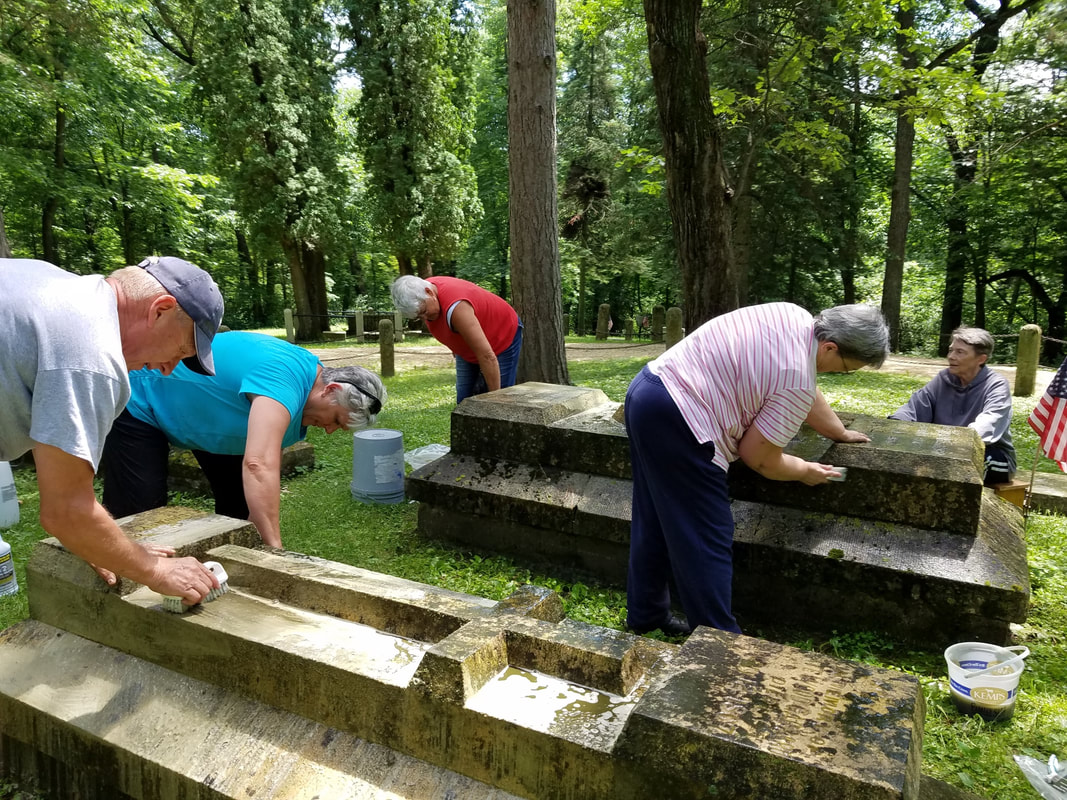
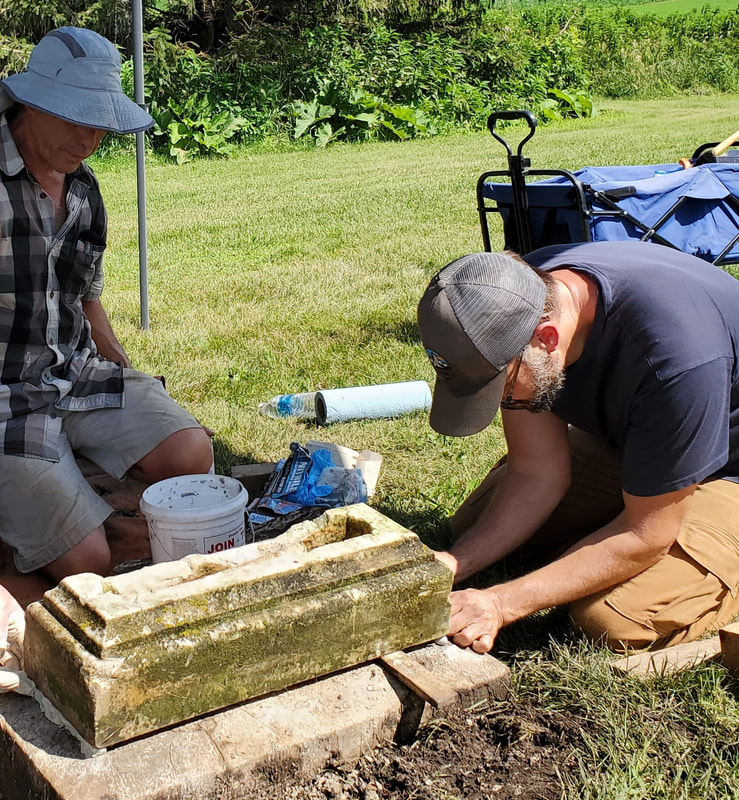
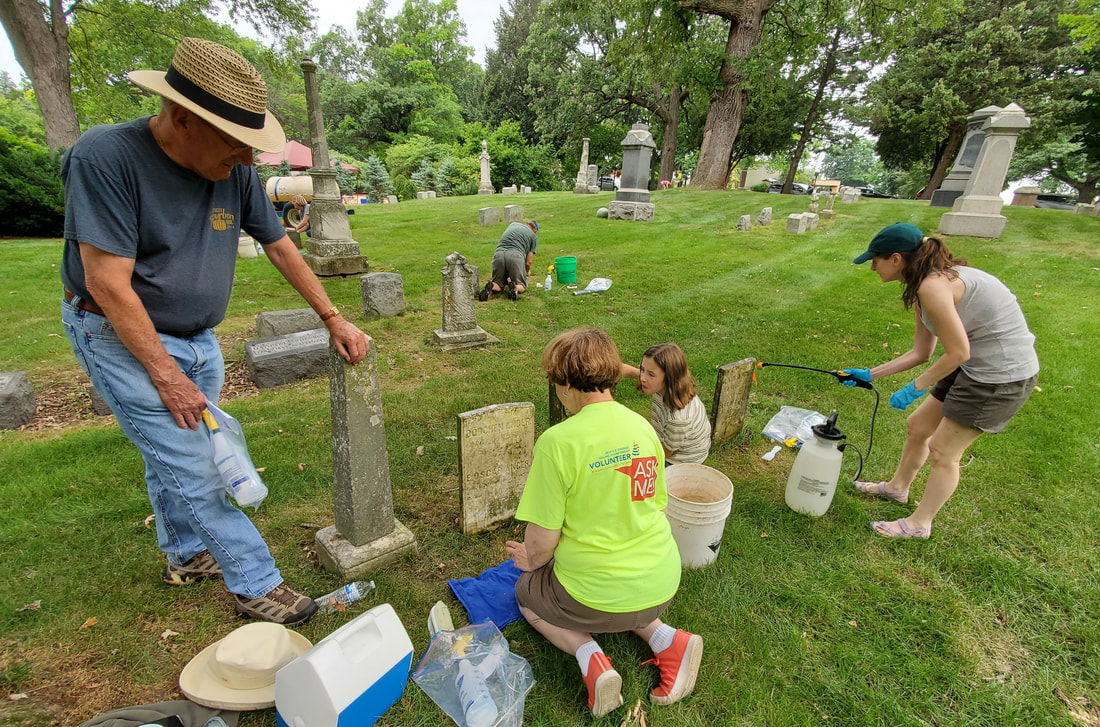
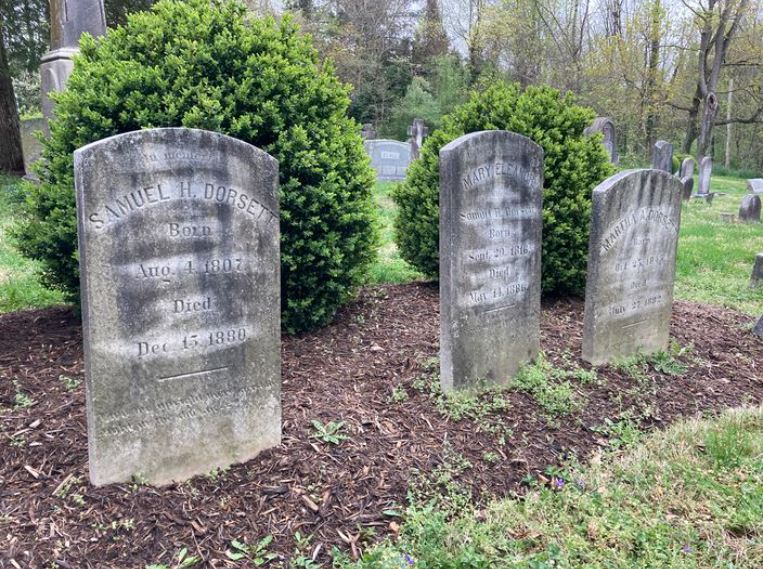
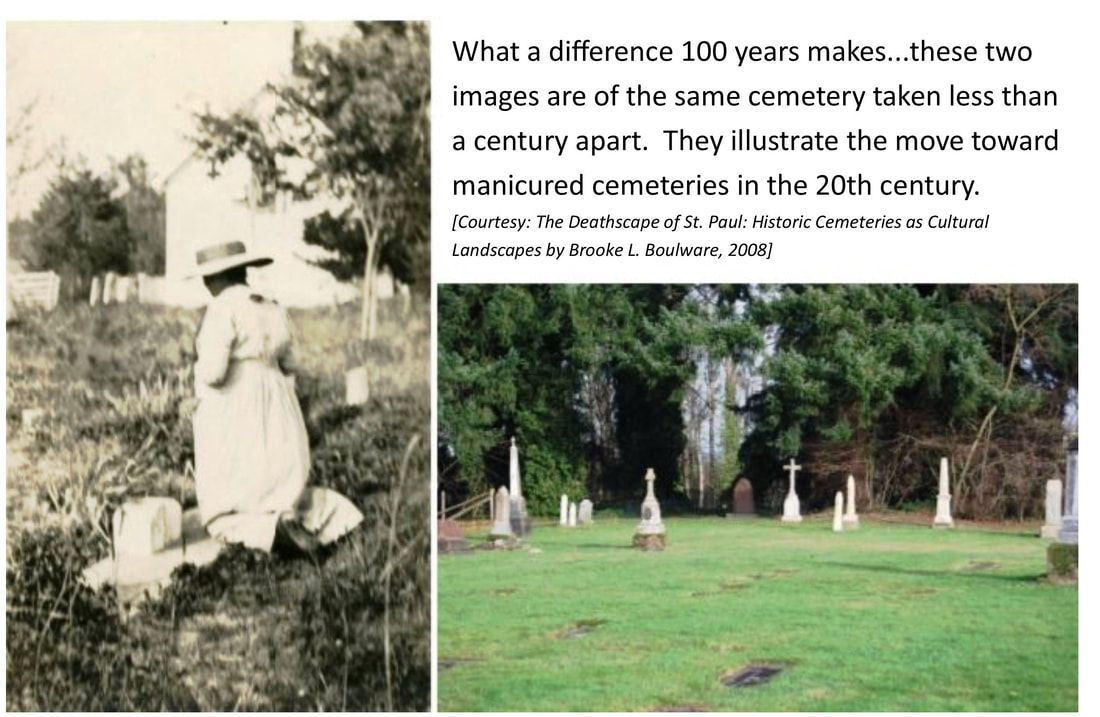
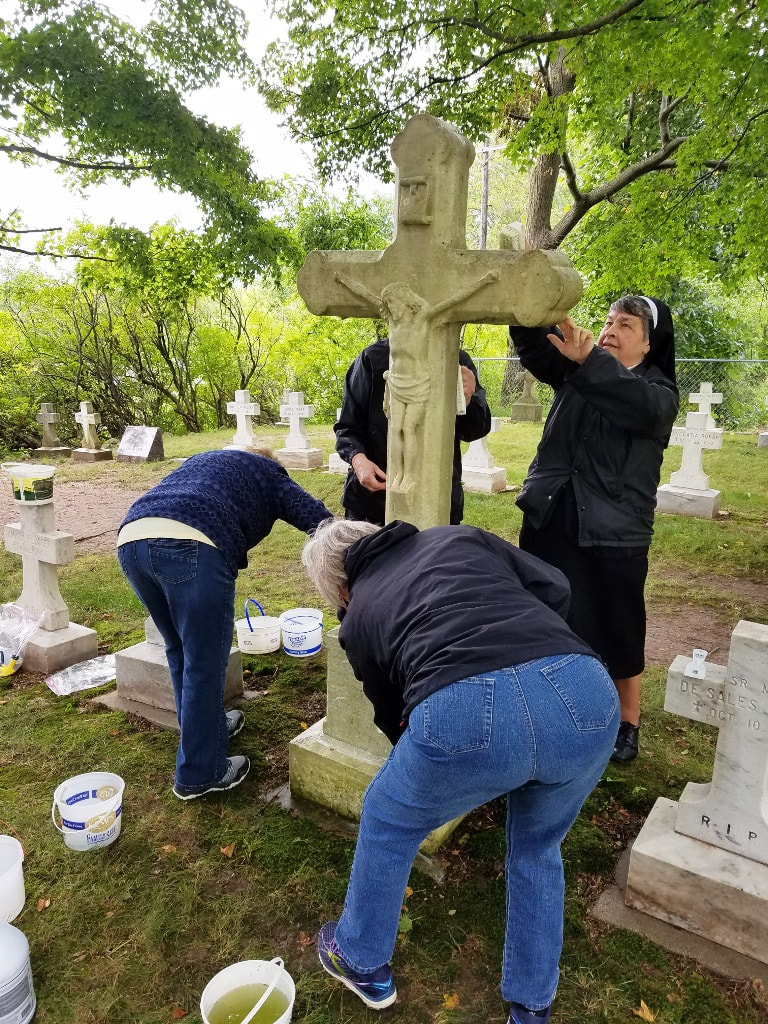
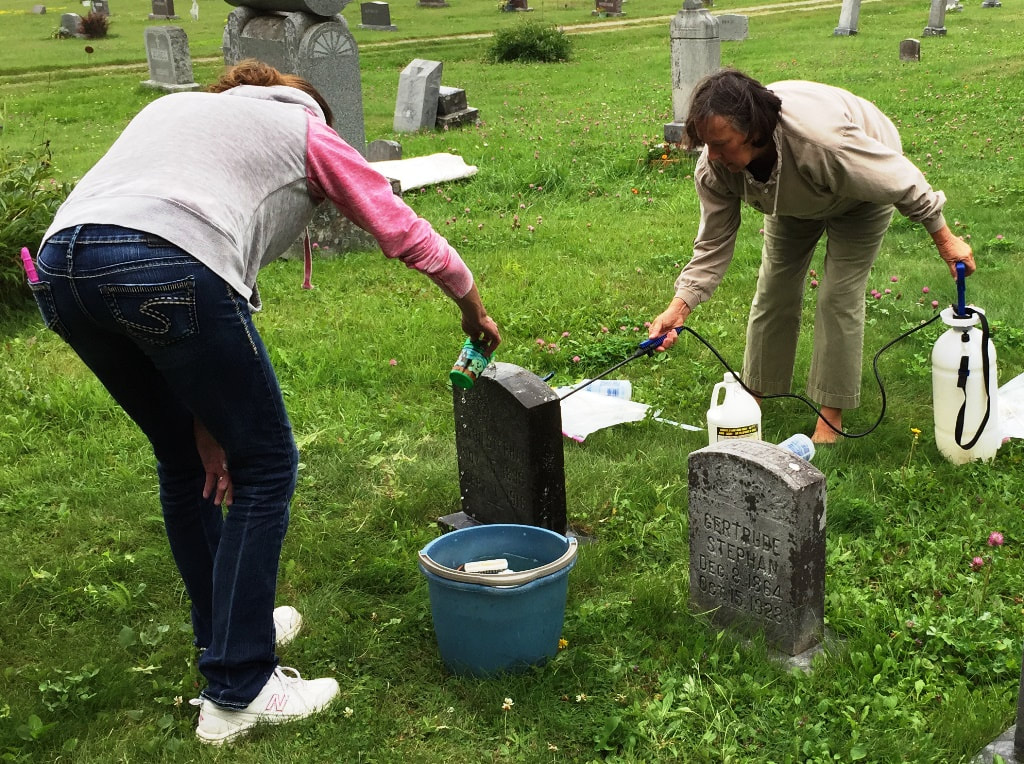
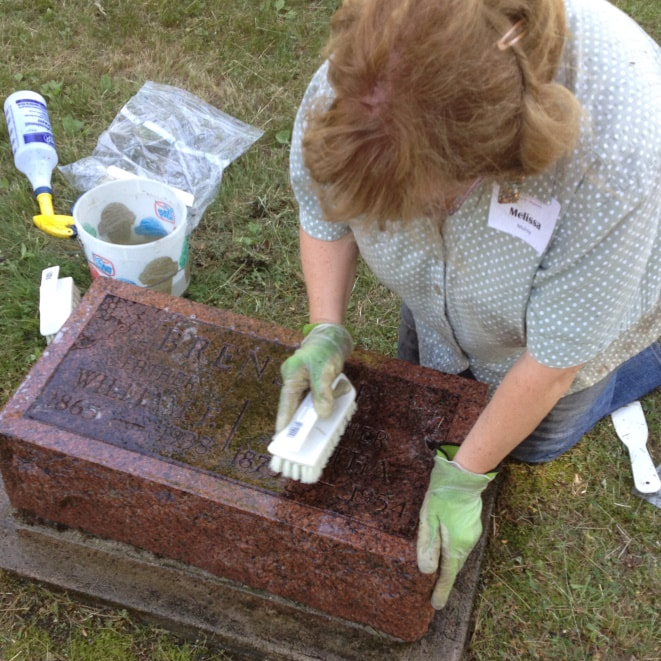
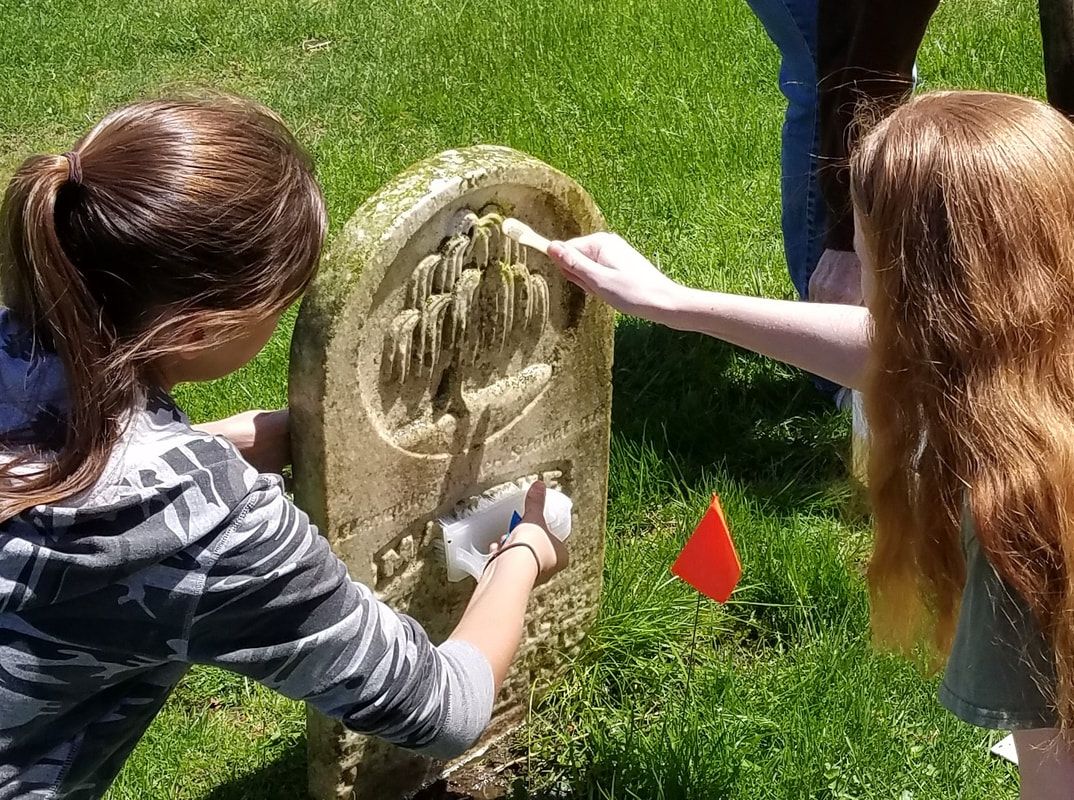
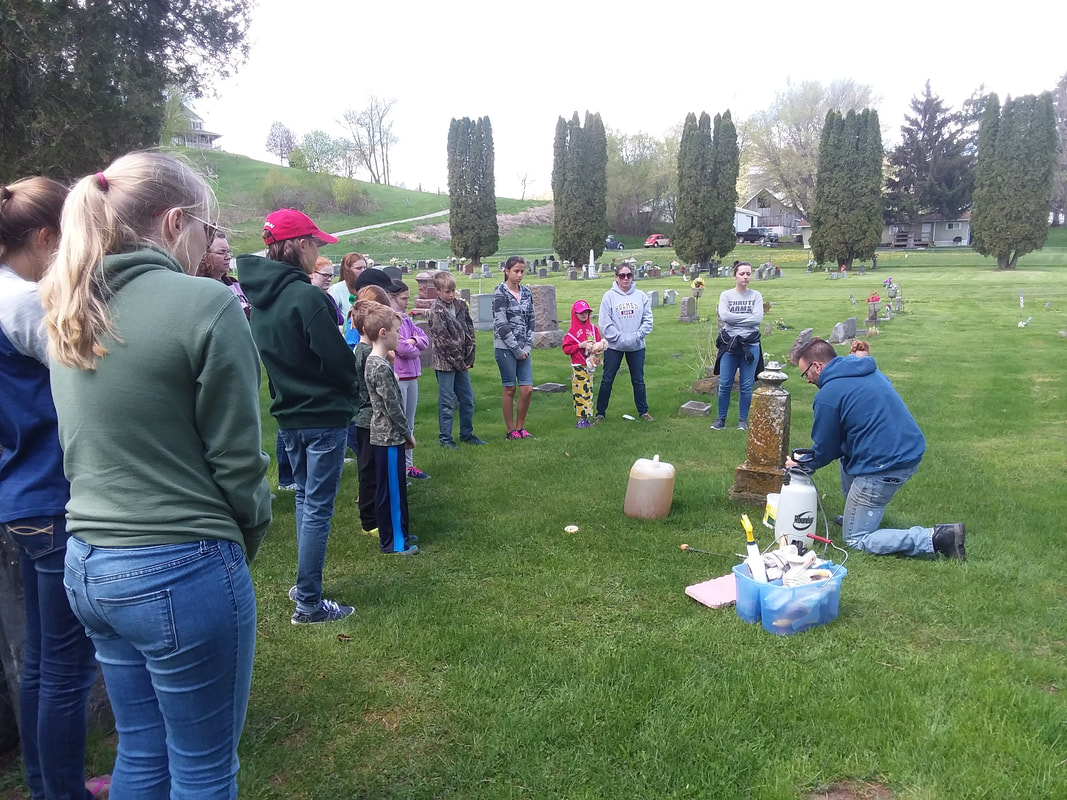
 RSS Feed
RSS Feed
